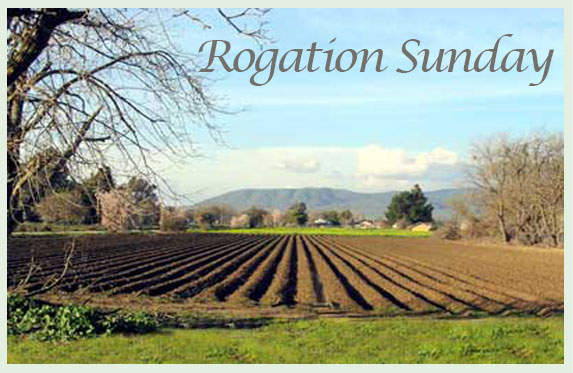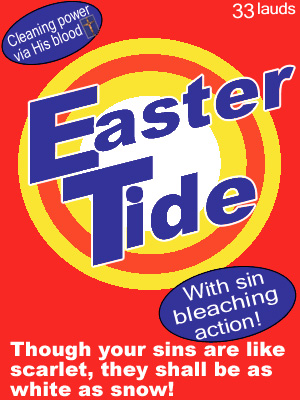1. "Celestial fire" – Eleazar Ben Kaller
From Poetry for the Spirit, Poems of Universal Wisdom and Beauty Edited by Alan Jacobs Translated by T. Carmi
Now an angel of the Lord appeared to Moses in a blazing fire –
a fire that devours fire;
a fire that burns in things dry and moist;
a fire that glows amid snow and ice;
a fire that is like a crouching lion;
a fire that reveals itself in many forms;
a fire that is, and never expires;
a fire that shines and roars; a fire that blazes and sparkles;
a fire that flies in a storm wind;
a fire that burns without wood;
a fire that renews itself every day;
a fire that is not fanned by fire;
a fire that billows like palm branches;
a fire whose sparks are flashes of lightning;
a fire black as a raven;
a fire, curled, like the colours of the rainbows!
2. David Adams
They were all filled with the Holy Spirit
Fill us, Holy Spirit
When the doors are closed and we are afraid to move,
Fill us, Holy Spirit.
When we are weak and unable to act,
Fill us, Holy Spirit.
When we are hesitant and unable to speak,
Fill us, Holy Spirit.
When we lack energy and are unable to cope,
Fill us, Holy Spirit.
That we may go out in your power,
Fill us, Holy Spirit.
That we may live and work for you,
Fill us, Holy Spirit.
That we may be part of your mission,
Fill us, Holy Spirit.
The God of hope fill you with all joy and peace In believing,
That you may abound in hope through the power Of the Holy Spirit.
Amen
3. "Come, Holy Spirit" – Sister Joan Chittister
May the Gifts of the Holy Spirit
bring fire to the earth
so that the presence of God
may be seen
in a new light,
in new places,
in new ways.
May our own hearts
burst into flame
so that no obstacle,
no matter how great,
ever obstructs the message
of the God within each of us.
May we come to trust
the Word of God in our heart,
to speak it with courage,
to follow it faithfully
and to fan it to flame in others.
May the Jesus
who filled women
with his Holy Spirit
fill the world and the church
with new respect
for women’s power and presence.
Give me, Great God,
a sense of the Breath of Spirit
within me as I…
(State the intention
in your own life at this time
for which you are praying.)
Amen.
4. Effortlessly,
Love flows from God into man,
Like a bird
Who rivers the air
Without moving her wings.
Thus we move in His world,
One in body and soul,
Though outwardly separate in form.
As the Source strikes the note,
Humanity sings–
The Holy Spirit is our harpist,
And all strings
Which are touched in Love
Must sound.
– Mechtild of Magdeburg 1207-1297
trans. Jane Hirshfield












